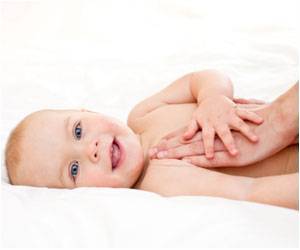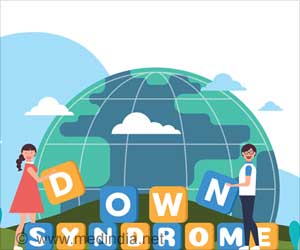A new monitoring technology is able to predict the risk of life-threatening infections up to 24 hours before they appear in severely premature or critically ill infants.

TOP INSIGHT
The HeRO, an innovative monitoring system represents part of the next generation of technology to save lives and help achieve the ultimate goal in the Neonatal Intensive Care Unit.
UC San Diego Health is the first health care provider in San Diego County to use the technology, which can detect infections in the blood stream and intestines. Historically, physicians and nurses have relied upon their own observations to detect signs of infection. The new system reports vital sign trends much earlier than the human eye or traditional equipment and requires no additional wiring to the baby.
"This state-of-the-art technology lets babies be babies, and mothers can breastfeed without worrying about tangling up or unplugging wires," said Lawrence Prince, MD, PhD, chief in the Division of Neonatology at UC San Diego Health. It makes for a much less intimidating experience for families and a highly improved monitoring approach for medical staff.
The HeRO system uses a zero-to-seven surveillance score generated after a heart rate is analyzed, with anything higher than a two considered an alert for possible infection. Prince says the technology is expected to reduce mortality rates in the NICU by 20 percent. "Physicians and nurses can evaluate a situation much more thoroughly," said Prince. "When I look at the data on the monitor, I can ask myself, is there something more going on with the patient and do we need to do further testing?"
Fernandez added that the monitoring system represents part of the next generation of technology to save lives and help achieve the ultimate goal in the NICU: "To provide the highest quality of comprehensive and compassionate care to NICU babies so they can thrive and go home with their families as soon as possible."
 MEDINDIA
MEDINDIA




 Email
Email




